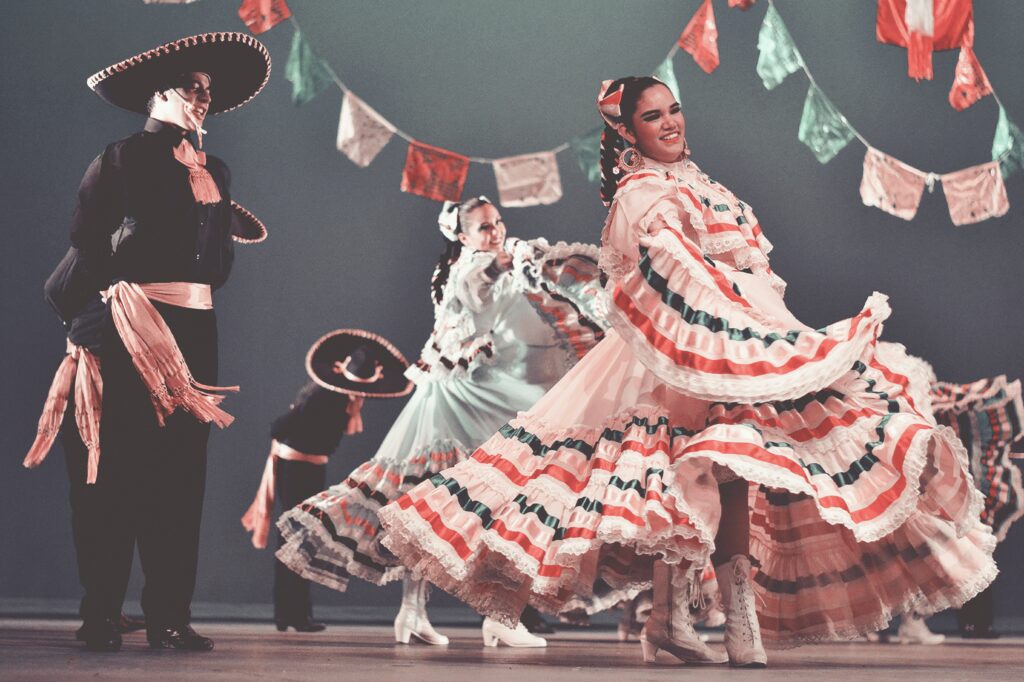In understanding social stratification, we encounter two distinct social entities: ethnic groups and tribes. While both are integral to our human tapestry, they differ significantly in their composition and characteristics. Ethnicity casts a wide net, encompassing diverse communities, while tribes are smaller, tightly-knit groups steeped in tradition and led by recognized figures. The key distinction? Ethnic groups unite under common religious, linguistic, and cultural banners, regardless of their geographical dispersion. In contrast, tribes are interconnected families with similar beliefs, ideologies, and dialects, often residing in specific regions. Join us as we delve deeper into these distinctions, shedding light on the intricate web of human social organization.
What is an Ethnic Group?
An ethnic group refers to a social category of individuals who share a common cultural or national identity, often with a shared ancestry. Dr. Whitney Azoy, an anthropologist, defines it as the “largest traditional cultural unit” a person belongs to.
In a single geographic area, multiple ethnic groups can coexist. For instance, in the United States, there are various ethnic groups like African Americans, Asian Americans, Jewish Americans, and more. These groups reflect their unique ancestral origins.
Members of an ethnic group typically share common traits such as religion, traditions, language, and racial characteristics. However, it’s important to note that diversity can exist within these groups. For example, among English Americans, there may be variations in religious beliefs, dialects, and languages due to geographical differences within the group.
What is a tribe?
The response provides an accurate explanation of what a tribe is, along with a quote from Dr. Whitney Azoy to support the definition. However, it could be made more concise and NLP-friendly. Here’s an adapted version:
A tribe is a community formed by families, clans, or generations who share common ideologies, interests, religion, language, and culture. They typically reside in specific areas under the leadership of a recognized leader. Anthropologist Dr. Whitney Azoy defines a tribe as follows: “A tribe is an ethnic subset where most activities revolve around kinship, with interactions primarily occurring through family relationships, including descent and marriage.”
Tribes are often characterized by relatively low diversity among their members compared to ethnic groups. Notable tribes worldwide include The New Guinea Tribe, Brazilian Tribes, Surma Tribe, Sentinels Tribe, Korowai Tribe, Vietnamese Ruc Tribe, and others.
Tribes often prefer living in remote areas as close-knit communities, but it’s important to avoid the misconception that tribes are primitive or underdeveloped, residing in isolated regions, which is rooted in colonial stereotypes.
Differences between Ethnicity and Tribe
Ethnic groups and tribes are distinct social and cultural entities with varying characteristics that influence human societies.
Ethnic groups share a common national or cultural identity, including religion, language, and culture, often rooted in historical connections and ancestral heritage. They can be large and dispersed across regions, such as the Chinese Han and the Kurds.
Tribes, in contrast, are smaller, close-knit units based on kinship and shared ancestry. They have strong community bonds and often reside in specific regions under-recognized leaders. Tribes organize activities around kinship.
Politically, ethnic groups have diverse systems and interact with modern society in various ways, contributing to multiculturalism and facing ethnic conflicts.
Tribes typically have decentralized governance based on lineage or hereditary factors. They prioritize cultural preservation and autonomy, grappling with modernization challenges.
In summary, ethnic groups are larger and geographically dispersed, while tribes are smaller and tightly knit, each contributing to the complexity of human societies. Understanding these distinctions is crucial for addressing their unique challenges and opportunities.
Examples of Tribalism and Ethnicity
Tribalism – The Maasai in East Africa:

The Maasai, residing in Kenya and Tanzania, exemplify tribalism. Their strong tribal identity takes precedence, influencing daily life, culture, and priorities:
- Tribal Identification: Maasai individuals identify themselves primarily by their tribe and clan, like “I am Maasai from the Kajiado clan.”
- Priority on Tribal Concerns: The Maasai prioritize tribal well-being and interests, especially in land matters and cultural preservation.
- Cultural Identity: Distinctive attire and cultural practices, such as moran rites of passage, reflect their tribal identity.
- Community Bonds: Strong tribal bonds foster collective support, herding, and defense against external threats.
Ethnicity – Mexican Americans:

Mexican Americans in the United States showcase ethnicity. They share a common cultural heritage that unites them:
- Cultural Heritage: Shared traits like traditional Mexican cuisine, music, Spanish language, and celebrations like Dia de los Muertos.
- Festivals and Identity: Events like Dia de los Muertos reinforce ethnic cohesion, emphasizing family and tradition.
- Language and Community: The Spanish language plays a vital role, and cultural organizations promote their heritage.
- Cultural Adaptations: Mexican Americans blend Mexican and American influences, creating unique cultural adaptations like Tex-Mex cuisine and Tejano music.
Is Tribalism Positive or Negative?
Tribalism can foster a strong sense of identity and belonging within a particular group, creating a powerful sense of community and solidarity. This sense of togetherness can be a source of strength, support, and shared values, enhancing the lives of its members. However, tribalism also has a darker side. It can lead to intergroup conflicts, animosity, and even hatred towards those perceived as outsiders. The tendency to discriminate and show bias against individuals from different groups can result in social divisions and hostility. Whether tribalism is positive or negative hinges on how it is expressed and managed within a given context. Striking a balance between the positive aspects of identity and the negative consequences of exclusion and conflict is crucial for harnessing the potential benefits of tribalism while mitigating its harmful effects.
Conclusion
In conclusion, our exploration of social stratification has unveiled the dynamics of ethnic groups and tribes. These facets of human organization offer insights into the complexity of our world. Ethnicity embraces diverse communities, showcasing human culture and identity. In contrast, tribes, steeped in tradition, are tight-knit units bound by shared beliefs’ we’ve explored these entities, they shape our societies profoundly. From the Maasai tribe’s identity in East Africa to Mexican Americans’ celebration of their culture, these groups leave a mark. Tribalism, a double-edged sword, has positive and negative sides. It fosters a sense of belonging but can also spark conflict and discrimination. Balancing identity and unity with potential division is crucial. Understanding and empathy guide a harmonious coexistence in this web of human organization’s. So, how can we navigate these complexities to create a more inclusive and harmonious society?







































